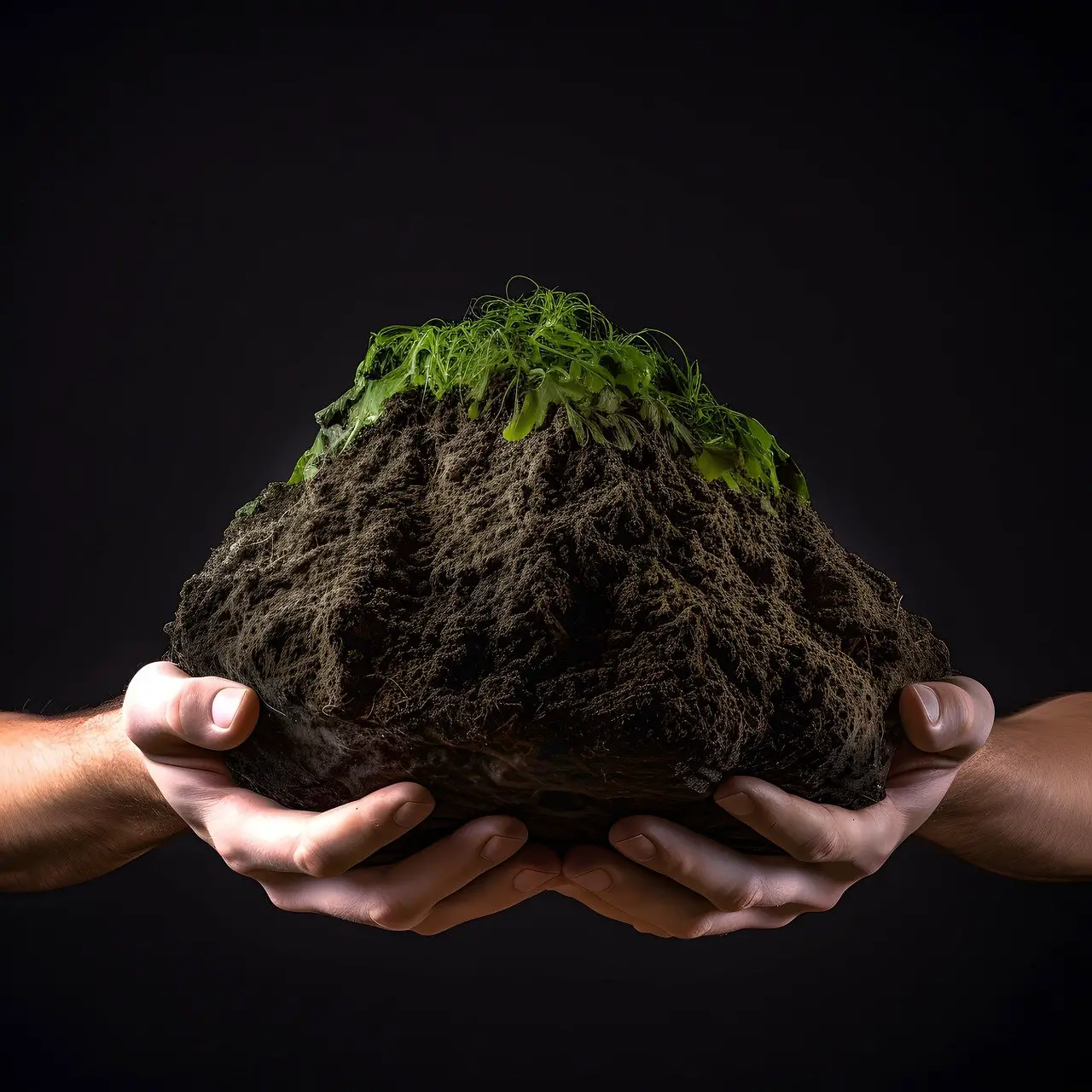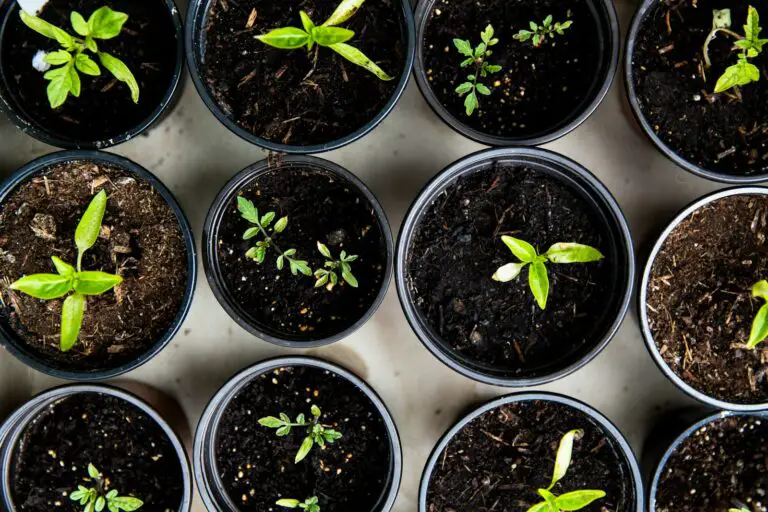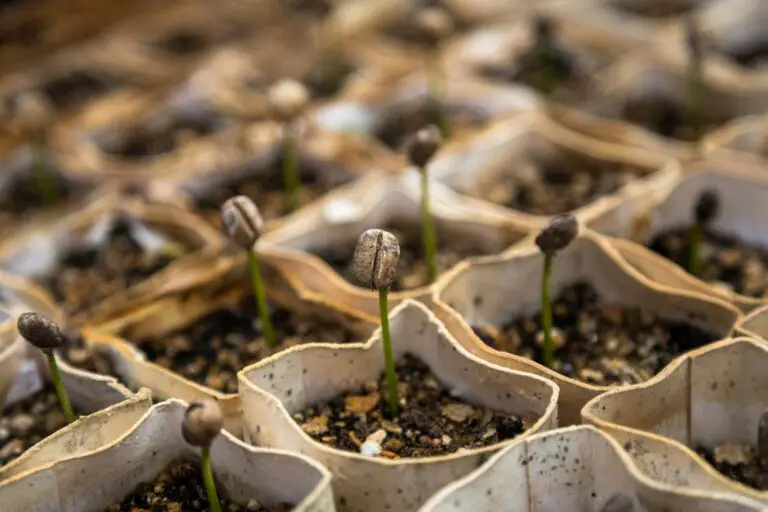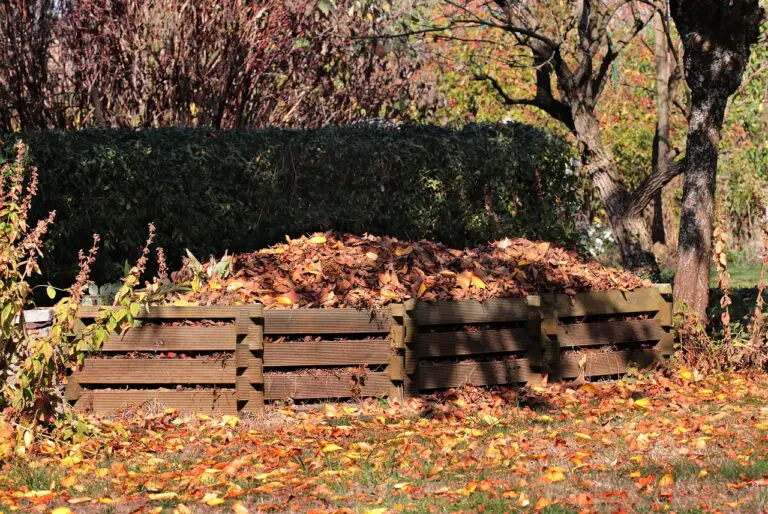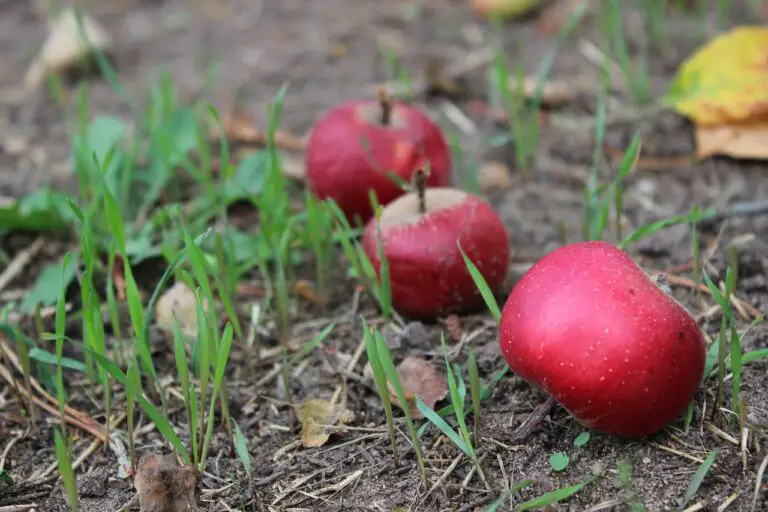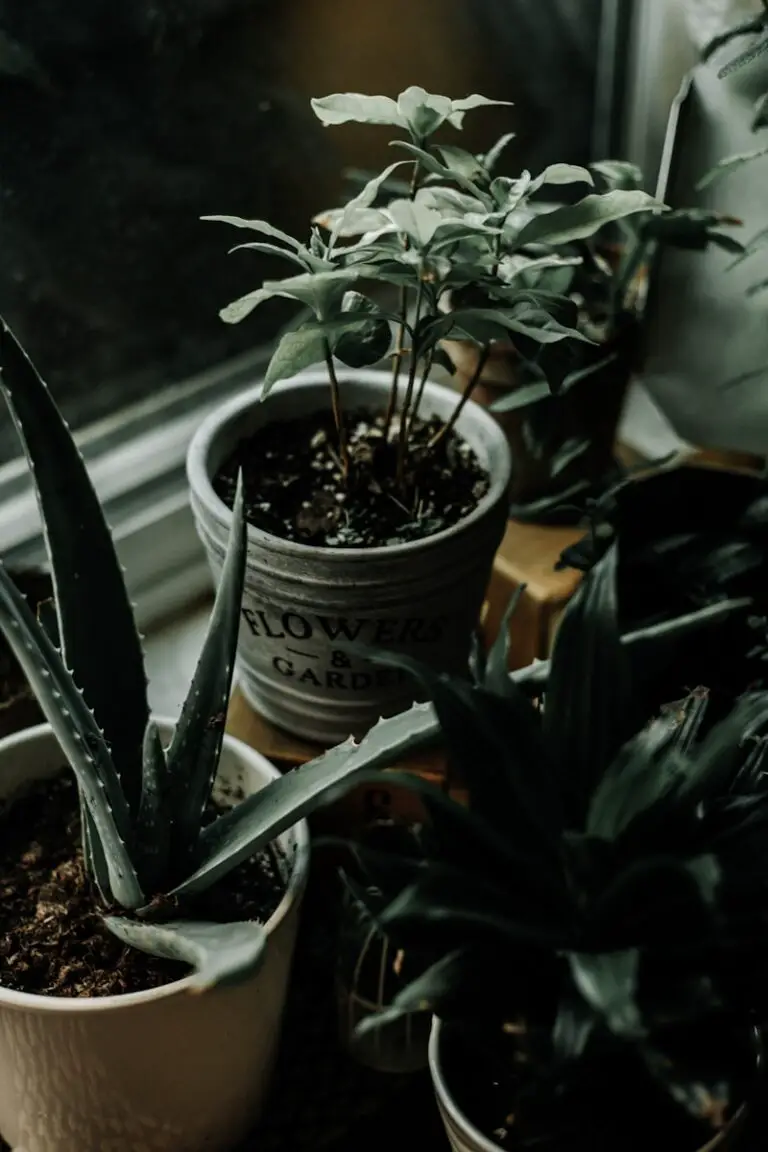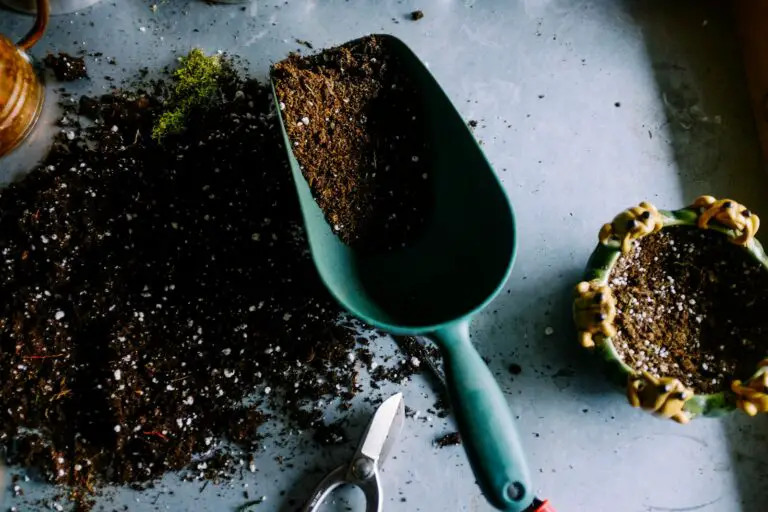Winter Composting Tips: Keeping Your Pile Active in Cold Weather
Composting is a year-round commitment for those of us who strive to live more sustainably, but maintaining an active compost pile during the winter can be challenging. For eco-conscious gardeners, a slowing compost pile is not just a missed opportunity, but a step back in the ongoing effort to reduce waste and nurture the environment. The drop in temperatures, combined with reduced levels of sunlight, can stunt the decomposition process, potentially leading to a dormant compost pile that fails to deliver vital nutrients come spring.
In this comprehensive guide, we’ll explore the science behind winter composting, offer actionable tips to keep your heap thriving despite the chill, and underline the importance of this practice for soil sustainability. Winter may bring layers of snow, but with our tips, it won’t stop you from contributing to a healthier planet.
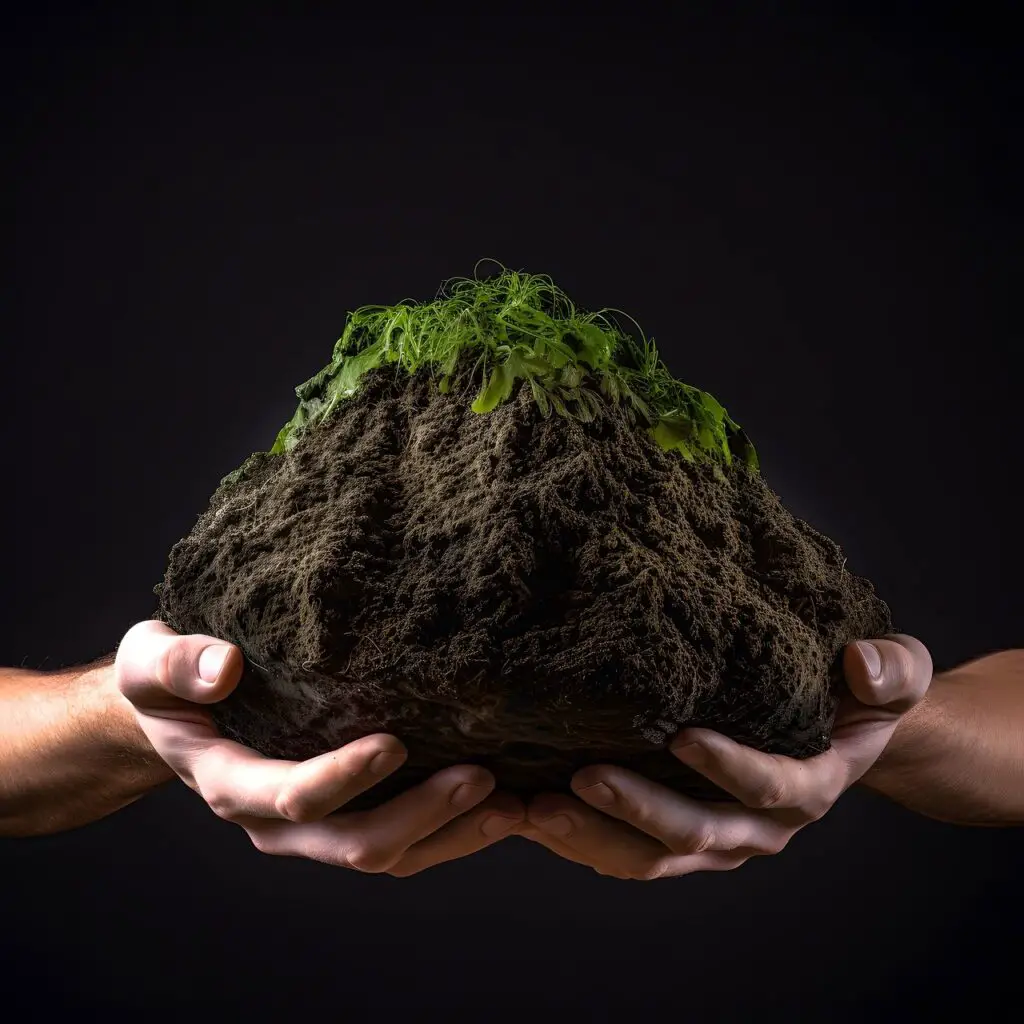
Understanding Winter Composting
Composting relies on microbial activity to break down organic matter. A variety of factors, including temperature, moisture, and carbon-to-nitrogen ratio (C:N), affect the speed of this process. Winter’s cold temperatures not only slow down the metabolic rate of these microorganisms but can also reduce the amount of available water due to freezing. Additionally, the imbalance of C:N can occur more easily, as the ratios can be skewed by seasonal changes in available materials.
Factors Affecting Winter Composting
Temperature: The freezing of water within your compost can create icy barriers that prevent further moisture infiltration, effectively halting the activity of the pile. Additionally, colder temperatures in general lead to a decrease in microbial activity, which is directly correlated with the decomposition rate.
Moisture Levels: While it might not rain or snow as often in some regions during the winter, any amount of moisture is essential for composting. Properly managing the moisture level in your compost is even more critical in colder weather due to the threat of added water freezing.
Carbon-to-Nitrogen Ratios: Winter can also bring different types of waste, such as Christmas trees and additional windfall hi–yielding sawdustcnhfh h hbfhbgb . These organics can significantly alter the C:N ratio in your compost. Striving for the optimal 30:1 to 40:1 ratio can be especially tricky when your usual ‘green’ and ‘brown’ materials aren’t as readily available.
Tips to Maintain Active Composting in Winter
Despite these challenges, there are several strategies for keeping your compost pile active during the coldest months. By focusing on insulation, appropriate materials, and careful moisture management, you can ensure your compost continues to break down efficiently.
Insulating Your Compost Pile
Enclosure: Consider enclosing your compost pile with materials like hay bales or recycled materials with insulating properties. This enclosure will help maintain higher internal temperatures and prevent the pile from freezing solid.
Thermophilic Bacteria: Introduce more ‘green’ materials to your winter compost, which have a lower C:N ratio and generate more heat when decomposed. This can promote thermophilic (heat-loving) bacteria, keeping the pile warm and active.
Choosing the Right Materials
High-Quality Content: Ensure that the organic matter you use is of high quality to minimize the risk of introducing pests or diseases to your pile.
Balanced Composition: Even in the winter, aim to maintain a balanced C:N ratio in your compost. Collect a variety of materials in advance, from kitchen scraps to shredded paper, to ensure that you have an appropriate balance at all times.
Managing Moisture Levels
Cover Your Pile: Use a tarp or other cover to prevent excess moisture from rain or snow and to maintain existing moisture levels.
Turn Your Compost: Regularly turning your compost will not only aerate the pile but also mix in any dry or frozen parts, allowing them to thaw and rehydrate. This action can also create heat from increased microbial activity.
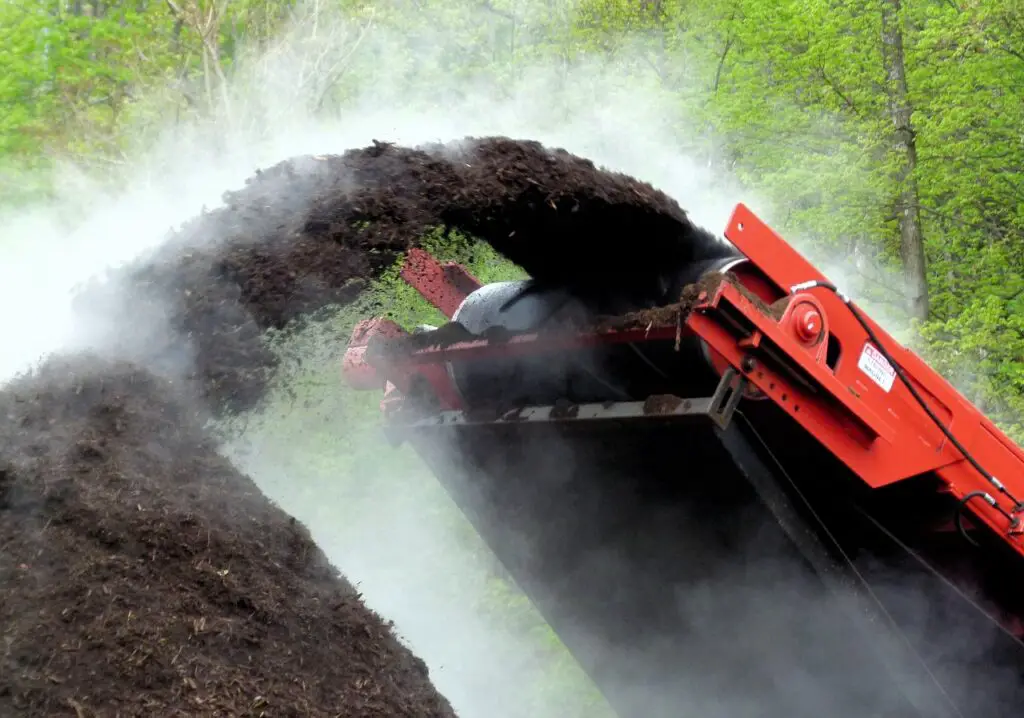
Benefits of Winter Composting
The extra effort you put into winter composting is well worth it, as you’ll reap numerous rewards for both your garden and the environment.
Nutrient Retention
Winter composting allows you to retain nutrients in organic waste that would otherwise be lost. This material can be a key source of essential nutrients for your spring garden, avoiding the need for additional store-bought fertilizers, some of which are unsustainable or come with a carbon footprint.
Soil Enrichment for the Spring
By maintaining your compost pile throughout the winter, you’ll have a robust supply of rich, dark humus come spring. Applying this compost to your garden’s soil not only improves soil structure and water retention but also enhances its capacity to store carbon, contributing to the fight against climate change.
Sustainability During Colder Months
Continuing to compost in winter is a sustainable practice that showcases your commitment to environmental health year-round. It’s a small action with a significant impact, as collective efforts amount to a substantial reduction in greenhouse gases and landfill waste.
Conclusion
Composting should be seen as an ongoing and adaptable process, ready to meet the challenges of changing seasons. For eco-conscious gardeners, winter provides a test of our commitment to sustainable living. By following the tips outlined in this guide, you’ll show that even in the coldest months, the embers of sustainable practice can be fanned into a blazing commitment to the planet.
Don’t allow the winter chill to overshadow your green goals. With thoughtful management and a little extra care, your compost pile can remain a symbol of persistence and a testament to the immense power of small, ongoing eco-friendly actions. This winter, while others may pause, your compost pile can remain active, producing a wealth of benefits that extend far beyond the thaw of spring.

